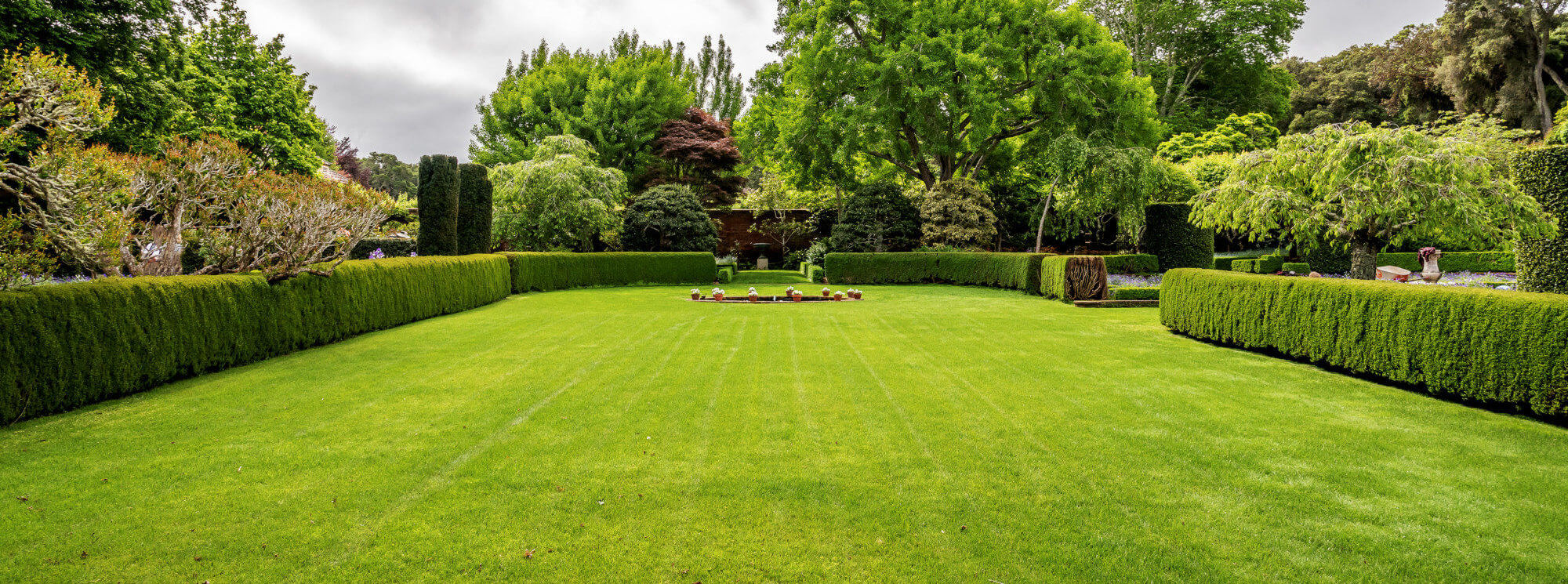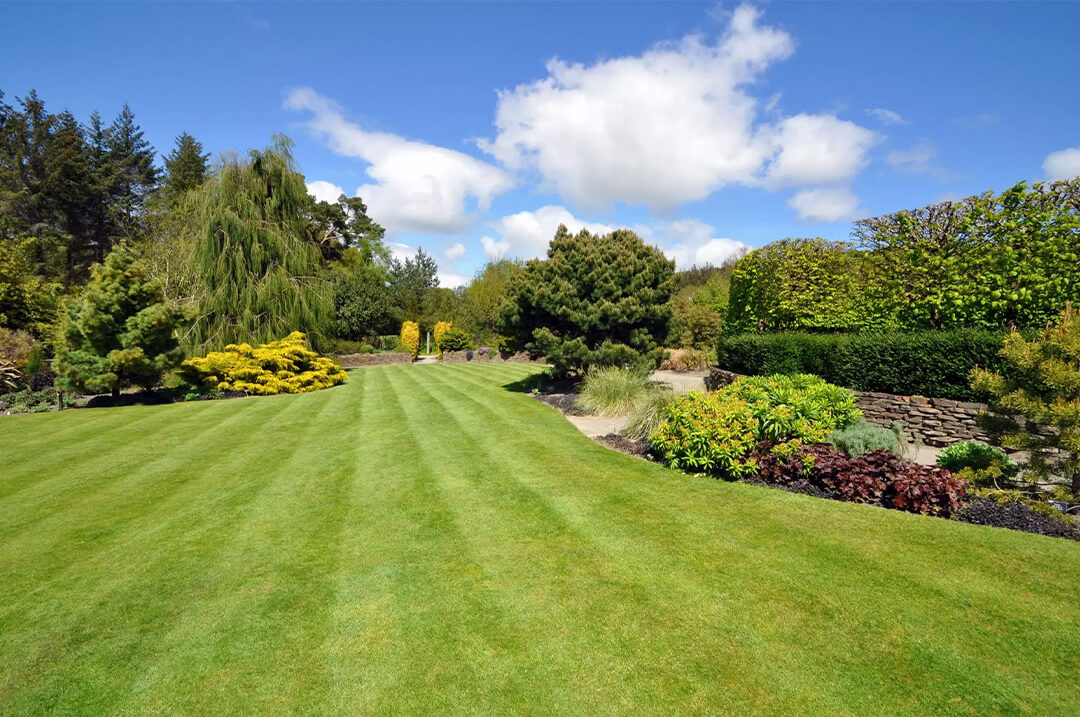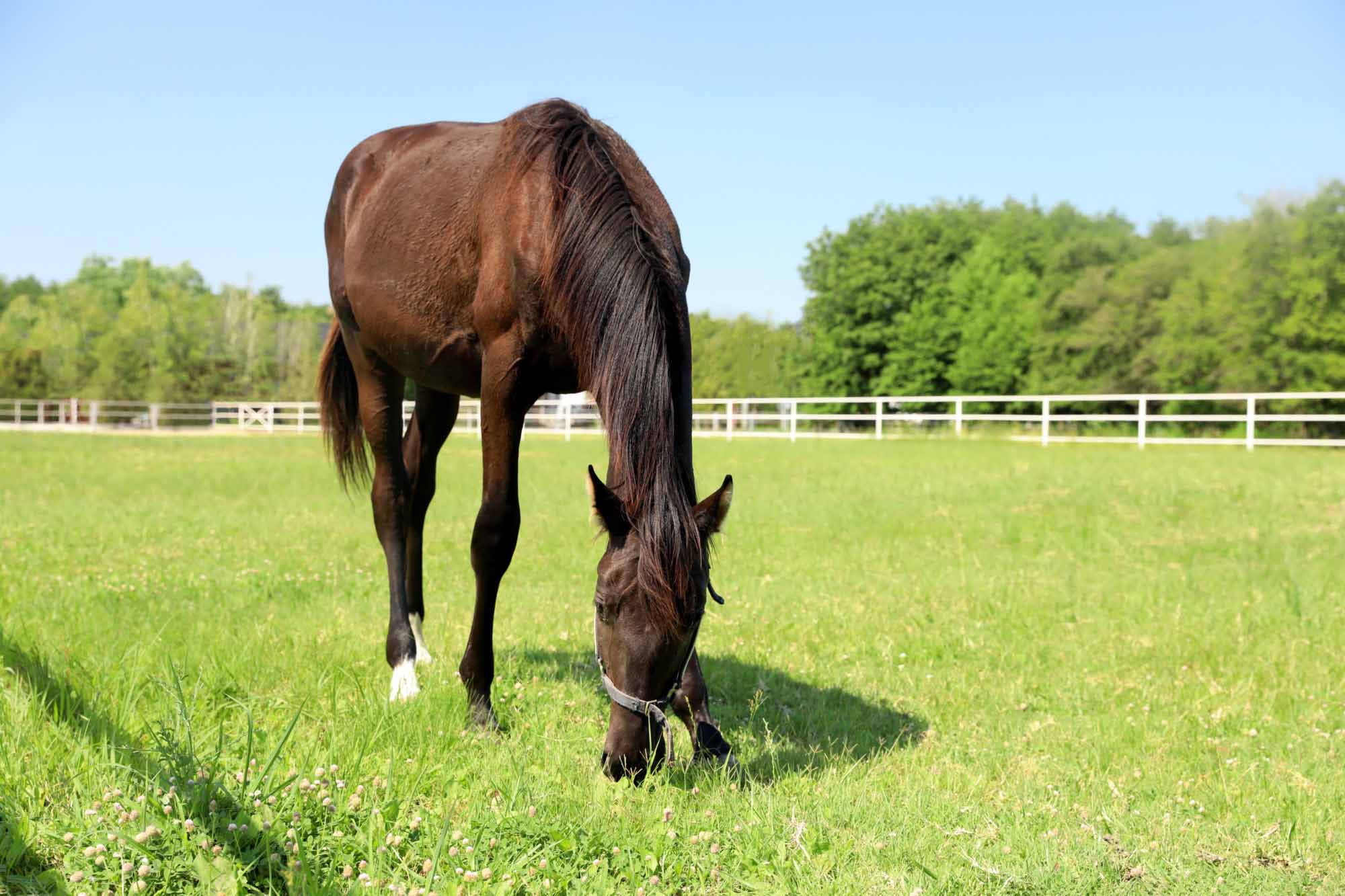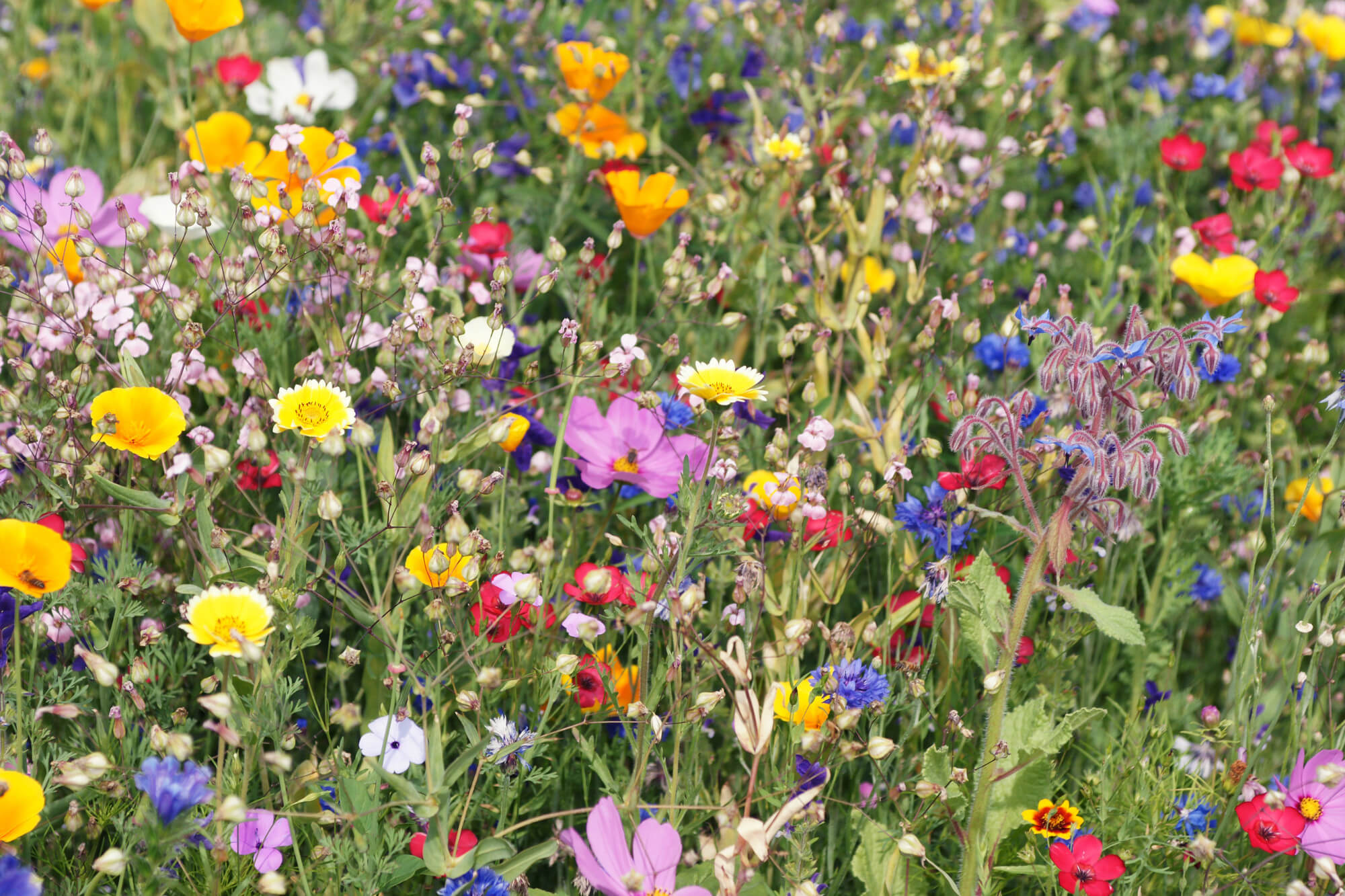Slender creeping red fescue is a key grass used in many different grass seed mixtures. Its Latin ‘litoralis’ means ‘shoreline’, which gives a clue as to one of the habitats where it naturally thrives. Slender creeping red fescue is very tolerant of the salty conditions; hence it is often included in grass seed mixtures for coastal areas. Slender creeping red fescue is a high-quality turf species; however, as with other fescue species it is not tolerant of high wear and should therefore be mixed with perennial ryegrass when wear tolerance is required.
Key Characteristics
- Very fine, needle-like leaves
- Tolerant of dry soil conditions
- Slow growing
- Used in high quality mixtures
- Summer-Autumn growth habit
- Able to spread
Sowing times
Slender creeping red fescue requires constant soil temperatures of 10 degrees Celsius for optimum germination. In the UK this would typically be between April and early October.
Germination time
Slender creeping red fescue grass seed would normally germinate in 14-21 days, subject to conditions.
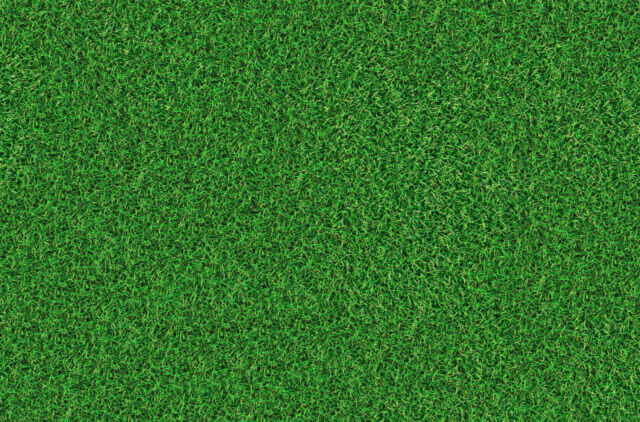
Other Grass Seed Guides
Why not read some of our other grass seed guides and find out more interesting information, to find the right grass for you.
Smooth Stalked Meadow Grass
Smooth stalked meadow grass is a grass that is widely used in across the globe thanks to its ability to withstand hot conditions as well as very cold.




